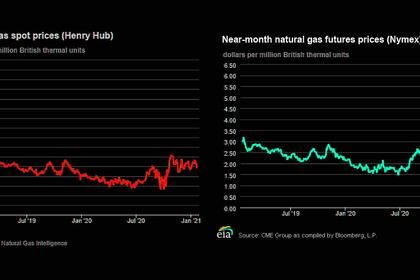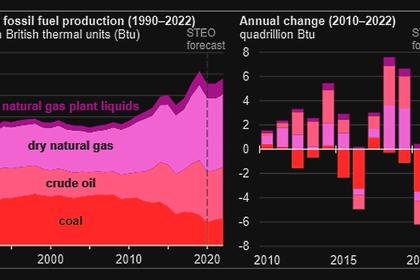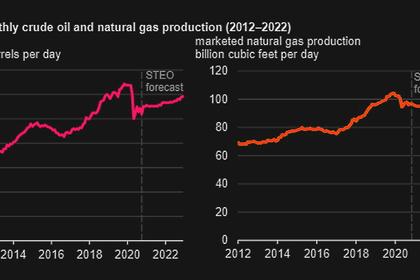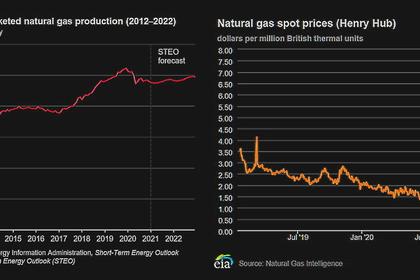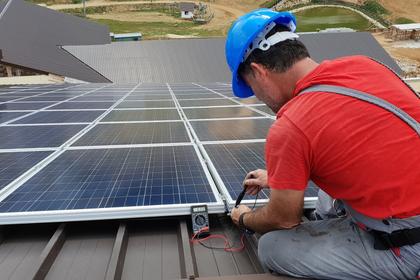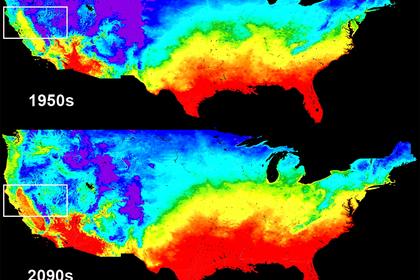
THE NEW U.S. ENERGY CAPACITY
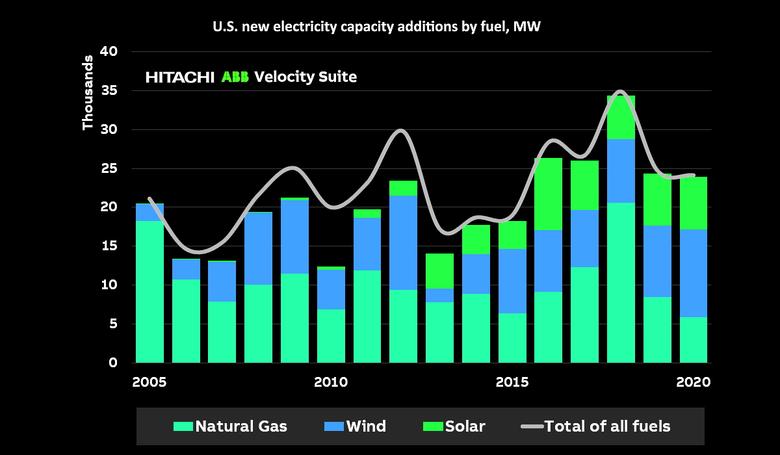
By Kent Knutson Energy Market Specialist Hitachi ABB Power Grids
ENERGYCENTRAL - Jan 15, 2021 - Over the past several years, natural gas, wind, and solar (GWS) have dominated new capacity construction across the United States. Since 2005, the three power resources have accounted for more than 90% of all capacity additions (328 GW), with a remarkable 97% (170.9 GW) during the last seven years alone. During the 16-year period since 2005, natural gas has accounted for more than 45.7% (166.2 GW) of all capacity additions, while wind (111.5 GW) and utility-scale solar (50.4 GW) represented 30.6% and 13.8%, respectively, according to data compiled by the Hitachi ABB Power Grids’ Velocity Suite research team.
In recent years, solar has grown rapidly, accounting for 23.8% (42 GW) of all capacity additions constructed between 2014 and 2020. From 2007 through 2013, solar represented only 5.5% (8.4 GW) of all new capacity additions.
Fossil and nuclear closures open door for more renewables
Meanwhile, during the GWS buildout, coal as a utility fuel has shrunk precipitously. Over the past decade, there have been 95.0 GW of coal capacity retired – 54.4 GW during the past five years alone. In addition to the coal plant closures throughout the decade, there have been significant retirements among aging natural gas steam plants (53.6 GW) and nuclear reactors (9.3 GW). The closure of coal, older natural gas units, and nuclear reactors is expected to continue but at a slower pace. During the next five years, there are several additional coal (35 GW), natural gas (16.6 GW), and nuclear (8.9 GW) power plants slated for retirement.
The future continues to be bright for GWS expansion
Apart from the addition of only two nuclear reactors currently under construction in the U.S., most expansion projects during the next decade will continue to be natural gas, wind, and solar, with battery storage a part of virtually all solar development projects. Our team of researchers is currently tracking hundreds of GWS projects with more than 30 GW currently under construction, testing, or preparing sites for development. The recent extension of the federal production tax credit (PTC) and investment tax credit (ITC) incentives will only speed wind and solar project development. Along with the surge in wind and solar, there are 12.8 GW of natural gas projects currently under construction or testing expected online over the next two years. The future will continue to be dominated by GWS as the U.S. power grid continues the rapid transition to a low-carbon future.
-----
This thought leadership article was originally shared with Energy Central's Generation Professionals Group. The communities are a place where professionals in the power industry can share, learn and connect in a collaborative environment. Join the Generation Professionals Community today and learn from others who work in the industry.
-----
Earlier:
